VIDEO PREMIERE & WEB-EXCLUSIVE INTERVIEW
Performers: DR. JOHN / RYAN BINGHAM
Video: “Back by the River”
Songwriter: Bill Quateman
From: The Musical Mojo of Dr. John: A Celebration of Mac & His Music
The doctor is in. New Orleans music legend Dr. John gets a timely all-star tribute on the new live CD + Blu-ray/DVD set The Musical Mojo of Dr. John: A Celebration of Mac & His Music, produced by Blackbird Presents, and released via Concord Records on October 14, 2016.
“It was very moving to have all these people paying tribute to me, but I just treated it like it was another show,” Rock and Roll Hall of Fame inductee and six-time Grammy-winner Dr. John says of this new release.
It’s a star-studded concert at New Orleans’ Saenger Theatre, with Dr. John joined by a stunningly diverse assortment of notable guest artists, who perform 22 songs written, recorded and/or popularized by Dr. John during his prolific six-decade career, honoring his large and still-growing musical legacy.
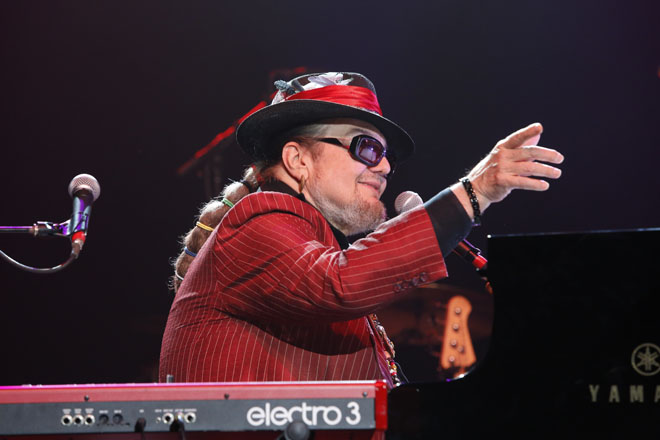
The performers include Bruce Springsteen, who duets with Dr. John on the 1973 smash “Right Place Wrong Time”; Jason Isbell, who delivers a heartfelt “Blow Wind Blow”; Mavis Staples, who brings gospel fervor to “Lay My Burden Down”; Widespread Panic, who lend musical muscle to “Familiar Reality”; Ryan Bingham, who delivers a haunting “Back by the River” (written by Bill Quateman, see interview below); and John Fogerty, who performs the raucous Crescent City anthem “New Orleans.”
Fittingly, The Musical Mojo of Dr. John also features memorable performances by several New Orleans legends, including Allen Toussaint, Irma Thomas, Terence Blanchard, John Boutté, Big Chief Monk Boudreaux, the Dirty Dozen Brass Band, George Porter Jr. and Zigaboo Modeliste of the Meters, and Aaron, Charles and Cyril Neville. Bassist Don Was served as the project’s musical director, leading an all-star house band that also included Allman Brothers Band/Rolling Stones keyboardist Chuck Leavell, renowned NOLA pianist John Gros, Funky Meters guitarist Brian Stoltz and journeyman drummer Kenny Aronoff, as well as Dr. John’s longstanding musical compatriot, trombonist Sarah Morrow.
“The whole night felt pretty special, and everyone’s performance was spiritually correct,” says Dr. John. “I try not to look back too much, but it really moved me to have all of these people paying tribute,” he asserts. “But I want people to know that I’m still in the game and still have a lot more music in me.”
“Back by the River” was written by Bill Quateman—a musician who was signed by Clive Davis in 1970 to Columbia Records, along with Billy Joel, Bruce Springsteen and others. Playing Chicago clubs as a teenager, Quateman was hailed as one of the brightest singer/songwriters of the time. We spoke with Bill in Los Angeles about the inspiration behind this song, his life in music, and a major label like Columbia giving him all the resources needed to record his albums.
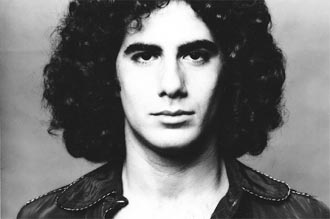
BILL QUATEMAN Web-Exclusive Interview
with M Music & Musicians magazine publisher, Merlin David
How did the idea of the song “Back by the River” come to you?
The songs I write are of love and concern. There is no greater mystery than the human heart. “Back by the River” was an island version of a carefree love song—talking about stuff going wonky, and the hook was to go back by the river—the way it should be.
Were you on a label?
I was signed to Columbia in 1970. And I was there with Billy Joel and Bruce Springsteen, and all our records came out at the same time, and that’s when this whole saga started. Bill Quateman was the title of my first album. It was an amazing time. Here I was, signed by Clive Davis, the same person who signed Janis Joplin. It was truly a dream come true. My critically acclaimed first album was an out of the box hit over [Springsteen’s] Greetings from Asbury Park, N.J. and Billy Joel’s Piano Man. Then Clive got fired, things fell apart for a lot of people, and I was one of them. I went on to make another album for Columbia that was never released. They wanted me to go in a different direction, and I didn’t.
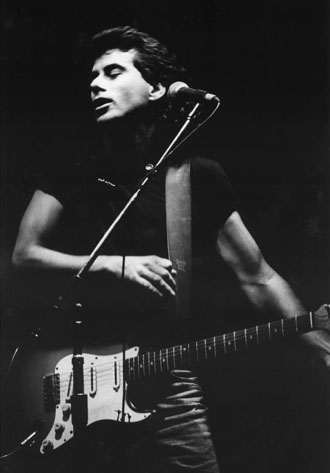
Photo credit: Henry Diltz
How did the song get to Dr. John?
A long five years later, I was signed by RCA, and one of the albums was called Night After Night, which had a pretty good airplay hit. On the way in to do that record, my attorney introduced me to Bob Ezrin, the producer who he represented. He came to see my shows, got excited and wanted to produce the NAN record. Ezrin was one of the most commercially successful producers at the time, but for some reason or another we didn’t click. But he loved my material and he took “Back by the River” to Dr. John, and produced his record. For me, “Night After Night” got good airplay and was a hit, and “Back by the River” did well for Dr. John.
What place does music now have in your life?
I’ve been fortunate to have a bunch of hit songs in my catalog. And I own all my publishing! But I haven’t been in the music business for the better part of 20 years. The last album was the independent Daddy Daughter Dinner Dance—about step-family life. It was a book and CD, one of the first of its kind, about my daughter India. We sang together when she was three-and-a-half years old. She now goes by the stage name Brave, and she does music. I can’t tell you how horrifying it is to have your daughter go into the business you left behind. (Laughs) She is a gifted artist and has drawings in the book. I was hoping the book would garner enough attention to bring me back to the music business. But life takes you down different journeys. I now have success with a holistic health and natural medicine company, Advanced BioCell. I work with doctors who are at the top of their game—with stem cell therapy, and results with reversal of Stage 4 cancer.
Do you still write songs?
It’s hard for me not to write. I have written several songs, and I have pretty strong material. And the way I think and use words really helps me with marketing. Everybody is a storyteller, and everyone likes to tell stories.
What instruments help you write, record, perform?
My acoustic Gibson B-12 (a three-quarter size guitar), my Strat, and an old, funky piano from Chicago.
Who first inspired you to write songs and play music?
The Beatles and Bob Dylan were the two main influences. Al Green is still one of my favorite singers. And anything Motown—Marvin Gaye and others like him were an inspiration as a singer.
 Where were you when you first heard one of your songs on the radio?
Where were you when you first heard one of your songs on the radio?
I remember hearing one of my songs on the radio when I was driving around Chicago, where I grew up. In the old covered wagon days, you went to see music live. I built quite a following at Fifth Peg, a wonderful venue. I had a connection with the audience. There were several of us—Stevie Goodman, John Prine, Bonnie Koloc—and we built quite a following.
What was the music scene like?
There was a group of students at Northwestern University, outside of Chicago. There wasn’t a student union, but when Kent State happened, they blockaded the streets, and this group spontaneously provided food for the student protestors on the Northwestern campus. Out of that, Amazingrace Coffeehouse emerged in Evanston, and it truly was an amazing venue where you could see blues, folk, jazz—anything. It was best known for its welcoming atmosphere, eclectic menu, excellent sound system, and respectful audiences. And that’s where I developed a huge following. There was also Kenny’s Castaways in NYC, a 100-seater place where people were up in the rafters.
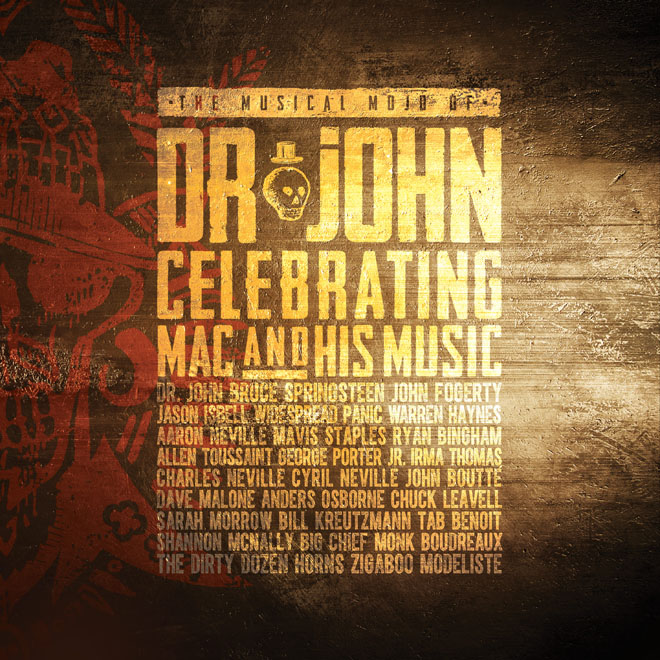
Why did you get into the music business?
I got into the music business to be like Bob Dylan or the Beatles. In my heart of hearts, I wanted to make people feel better. In the late 60s and 70s, we felt people’s lives could be transformed through music. And I got into it for that transformation process. But the reality was that only a very small percentage of the music got out to the public.
How long did you do music?
Dreams die hard. I kept at it for a number of years—even worked with Michael Jackson’s lawyer—to bring my music career back to life. After a while, it was clear that the window of opportunity had passed. I had a family, a kid, and when my son Dylan was born—I was a housewife for five-and-a-half years. It was an economic reality. I had to support my family.
What happened after that?
The step-family book came out of that. I was about to go on the road with a parenting group—touring with the book. And I met a doctor—an expert in intervention. Ever since my father died young, I was real interested—and I spent about 40 years studying holistic and natural medicine. I still stay in touch with wonderful friends from my music days, including the amazing photographer Henry Diltz. We’ve been friends for 40 years.
Best advice someone has given you.
Don’t take things or yourself too seriously. This life we live is short, there’s no time to get caught up in resentment and worries.
Are there words of wisdom you’d like to share with this new generation of musicians?
Have fun with your life. If you’re going to make music, find out what it is you want people to know.
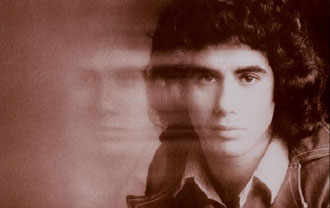 Where can new fans listen to and buy your music?
Where can new fans listen to and buy your music?
My whole catalog is available online:
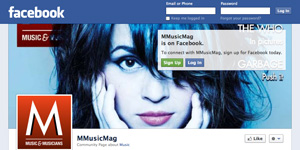
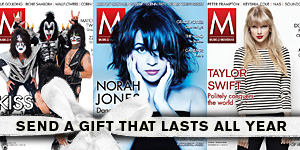
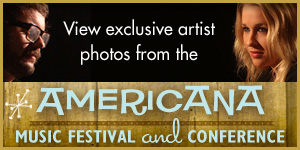
comment closed